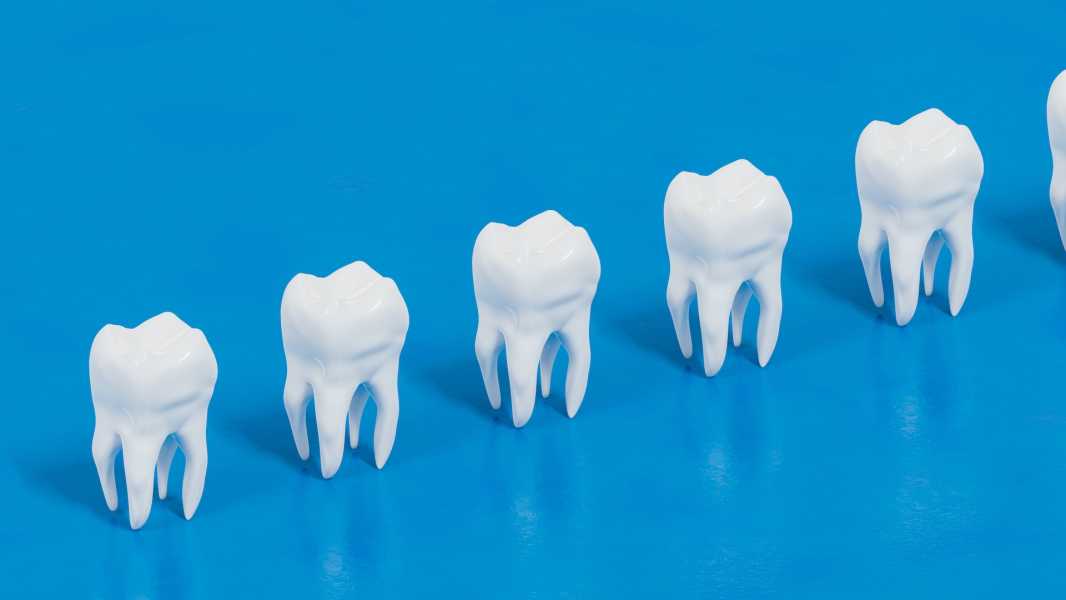
(Image credit: Hector Roqueta Rivero via Getty Images)
Scientists are closer to creating artificial teeth in a lab setting – an innovation that could become an alternative to unpleasant fillings and root canals.
A research team has developed a unique material that allows cells to interact in the same way they do in the body, which helps them develop into tooth cells, according to the authors of a study published in the journal ACS Macro Letters.
The technique makes it possible to grow teeth from a patient's cells in a lab. In the future, this could allow damaged or infected teeth to be replaced with real ones, rather than having to be restored with fillings and other dental procedures.
Humans typically develop two sets of teeth in their lifetime: about 20 baby teeth begin to emerge at about 6 months of age, and are then gradually replaced by 32 permanent teeth starting at about 6 years of age.
Some animals, such as sharks and crocodiles, can replace lost teeth indefinitely, but humans only have two sets. This is because animals that can continually replace their teeth do not lose the dental stem cells that allow them to continually create new teeth. In contrast, humans lose active regenerative cells once their permanent teeth appear.
When our teeth are damaged, dentists use fillings to treat decay or replace teeth with artificial implants. However, these solutions do not have the ability to repair themselves and may require replacement.
“Fillings are not a perfect solution for restoring teeth,” study co-author Xuechen Zhang, a researcher at King’s College London, said in a statement. “Over time, they can weaken the tooth structure, have a limited lifespan, and may lead to further decay or sensitivity.”
At the same time, placing dental implants requires invasive surgery, usually consisting of several procedures, and can cause infections and damage to adjacent teeth and gums.
“Both approaches are artificial and do not fully restore the natural functions of teeth, which can cause long-term complications,” Zhang added.
Researchers at King's College London have been working for years on a method of growing teeth that mimics the process by which they grow in the body. Teeth begin to develop from stem cells in the early embryonic stages, with stem cells from different types of embryonic tissue “communicating” with each other using signaling molecules to initiate tooth formation. These stem cells differentiate into different cell types, which then produce the materials that eventually form a tooth, such as enamel, dentin and cementum.
In a new study, scientists described how they achieved a major breakthrough by creating a material that allowed stem cells to interact in the same way they do in the body. The material was made from a hydrogel – a soft, gel-like substance that can hold significant amounts of water – and mimics the environment around cells in the body, known as a matrix.
“This meant that when we introduced cell cultures, they could exchange signals to start the process of tooth formation,” Zhang said. “Previous attempts had failed because all the signals were transmitted at once. The new material releases signals gradually over time, replicating the processes that occur in the body.”
Sourse: www.livescience.com





